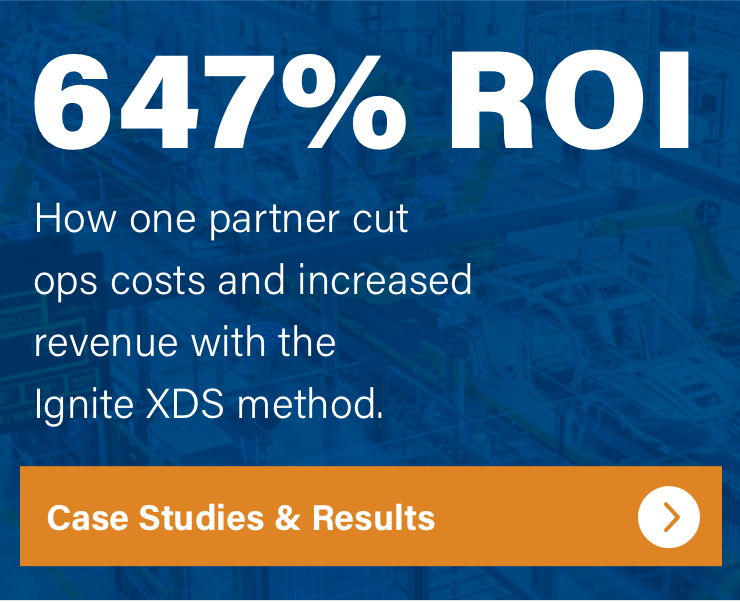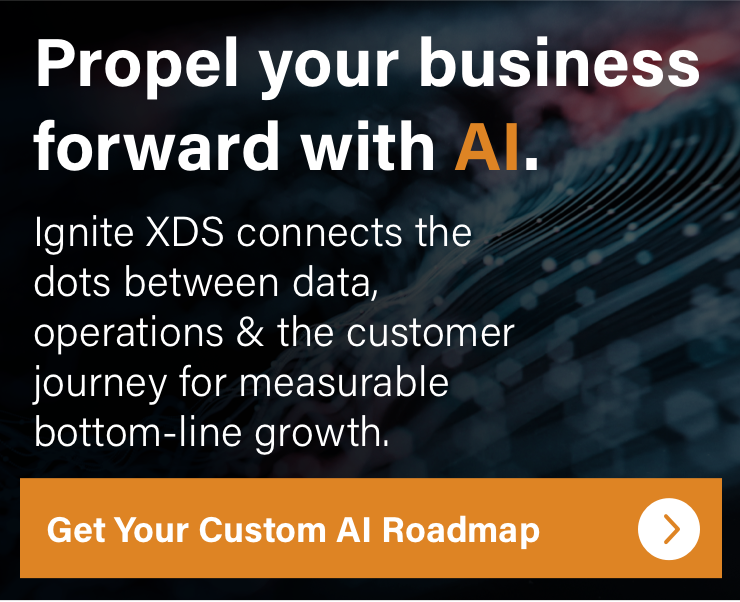
The Psychology of Customer Engagement: How to Build Deeper, More Profitable Connections
Most businesses think they have a marketing problem. In reality? They have a connection problem.
Your customers are bombarded with choices. Messages alone don’t win. Systems that connect deeply, emotionally and logically, do. At Ignite XDS, we treat engagement like an engineering problem: understand the human psyche, align touchpoints, and build a predictable pathway to connection and conversion.
This isn’t about adding noise. It’s about removing friction and building trust that drives measurable growth.
Understanding the Customer Journey: Start Where It Matters Most
Before you can win your customer’s trust, you need to understand their reality.
Customer engagement starts well before the first conversation. It begins at the moment of need or curiosity, long before they fill out a form or pick up the phone. The challenge? Most companies only look at the final mile of the journey (sales call, form fill, purchase). But the real barriers to engagement happen upstream.
We consistently find:
- Customers are confused by conflicting messages between marketing and sales.
- Operational gaps, like slow response times or unclear next steps—erode confidence.
- Brands fail to address the actual pain points customers are experiencing.
Our approach is simple but rigorous: map the journey fully. Step inside the customer’s shoes and unpack every moment of hesitation, friction, or doubt.
Case in point: For a mid-market manufacturer, we rebuilt their customer journey from the ground up. The result? A 17% revenue increase in the first year and a 21% reduction in customer acquisition costs.
When you design your customer journey with empathy and operational alignment, you remove the guesswork from engagement.
Action Step: Audit your customer journey. Are you addressing real customer hesitations? Are your touchpoints consistent across sales, marketing, and operations?
Explore our Customer Journey Strategy
Behavioral Psychology: The Backbone of Engagement Systems
Your customers are making decisions every day, most of them subconsciously.
Behavioral psychology helps us understand why. It decodes the cognitive biases, emotional triggers, and habitual behaviors that shape customer actions.
For example:
- Loss aversion means customers fear losing more than they value gaining.
- Social proof reassures them they’re making the right choice.
- Choice overload causes decision paralysis if too many options are presented.
When you apply these principles systemically, you create marketing and sales experiences that feel intuitive and frictionless.
With one Tier II automotive supplier, we aligned messaging to play directly into their buyers’ risk-averse mindset. This repositioning was instrumental in quadrupling their valuation in just over 4 years, with the owners walking away with over $20M each.
Behavioral insights aren’t “nice to have." They’re essential. They shape everything from your call-to-action wording to the design of your quoting process.
Action Step: Review your key customer touchpoints. Are you using behavioral triggers effectively? Are you reducing complexity and guiding decisions with clarity?
Storytelling: More Than a Buzzword, It’s a Psychological Lever
Stories do what facts and features can’t: they make people feel.
When your customer sees themselves in your narrative, when they recognize their challenges and believe in your solution, they’re not just informed. They’re invested.
But most brands tell stories backwards. They center the company, not the customer. The hero of your story is not your brand. It’s your customer. You’re the guide.
We’ve seen this transformation firsthand. For an industrial automation client, we reframed their messaging from product-centric to customer-journey-focused. The result? Expansion from an 8,000 sq. ft. facility to 120,000 sq. ft., and plans to grow further.
Good storytelling does three things:
- Clarifies the problem and solution.
- Creates empathy by aligning with customer emotions.
- Builds trust by showing proof of results.
Action Step: Re-examine your brand narrative. Are you telling a story that makes your customer the hero? Are you showing them a clear path from problem to solution?
Need a partner to modernize your brand story? Let’s talk.
Personalization: Make It Feel Like One-to-One
Relevance is the new currency of engagement.
Personalization today goes far beyond using someone’s first name in an email. True personalization means dynamically tailoring the experience to each customer’s needs, preferences, and behaviors.
Here’s what advanced personalization looks like:
- Segmented messaging based on customer behavior and lifecycle stage.
- Proactive communication that anticipates customer needs.
- Offers and experiences designed for specific customer segments.
Proof in action: For a Ford dealership client, we developed a proprietary customer ranking algorithm. With over 24,000 customers, we personalized outreach by lifecycle stage and buying behavior. The result? Doubled sales, doubled service appointments, and an 85% reduction in marketing cost per vehicle sold.
Personalization isn’t about making things look personal, it’s about making them feel personal. That’s where connection happens.
Action Step: Look at your customer data. Are you using it to drive meaningful personalization, or are you settling for surface-level tactics?
Trust and Loyalty: The Ultimate Growth Levers
Engagement doesn’t peak at the point of sale, it strengthens (or weakens) over time.
Trust is the compound interest of engagement. The more consistently you deliver on your promises, the deeper that trust grows. And loyal customers aren’t just repeat buyers—they’re advocates and growth accelerators.
But here’s the trap: Many companies think trust-building is a “soft” metric. It’s not. It’s quantifiable.
- Higher retention rates
- Lower acquisition costs
- Increased customer lifetime value
Take our manufacturing case study: through aligned operations and proactive communication, they saved $500K in operational costs in year one alone—part of a larger system that delivered 647% ROI in the first year.
Trust is built when your systems and your promises align. When your marketing says one thing, and your operations deliver exactly that (or better).
Action Step: Ask yourself: where might our execution be eroding trust? Are our promises matched by our delivery at every stage?
Building Systems for Engagement: Not Just Campaigns
Campaigns have a start and end date. Systems are ongoing.
Too many companies treat engagement like a series of one-off tactics. Email blast here. Social post there. Maybe a customer survey if there’s time.
But real engagement isn’t episodic. It’s continuous.
At Ignite XDS, we build systems that connect every stage of the customer experience:
- Strategy: rooted in behavioral insights and customer journey mapping.
- Execution: consistent, proactive, and aligned across departments.
- Measurement: track the right metrics, not vanity stats.
This is how you drive compounding growth:
- Predictable revenue streams
- Lower customer churn
- Increased referrals and advocacy
“Growth isn’t a mystery, it’s a system.” And when you build your engagement strategy like a system, you move from hoping for results to engineering them.
Action Step: Shift your mindset. Are you running campaigns in isolation, or are you building an engagement ecosystem designed to scale over time?
Ready to Build Deeper Customer Connections?
Surface-level fixes won’t get you there. And more tactics won’t either.
If you want to build a growth engine that connects with your customers on a profound level and turns that connection into bottom-line results, we’re ready to help.
Let’s remove the noise, eliminate the guesswork, and build a system that drives real engagement and sustainable growth.


